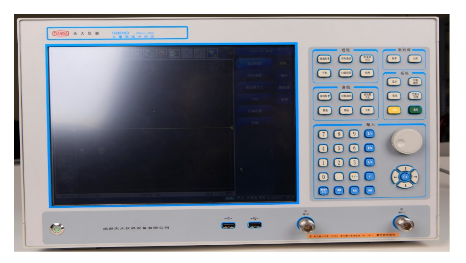

Detailed Explanation Of Basic Knowledge Of Impedance Matching
Frequency Counter China Manufacturer would like to share the detailed explanation of basic knowledge of impedance matching for you.
The basic concept
The specific coordination between the load impedance and the impedance in the source during signal transmission. A relationship between the output impedance of a piece of equipment and the load impedance connected to it, so as to avoid obvious influence on the working state of the equipment itself when connected to the load. For the interconnection of electronic equipment, for example, if the signal source is connected to the amplifier and the front stage is connected to the back stage, the impedance match can be considered as good as long as the input impedance of the latter stage is more than 5-10 times of the output impedance of the former stage. For amplifier connected speakers, the electronic tube generator supplied from Universal Frequency Counter manufacturer should choose a speaker with the nominal impedance equal to or close to its output, while transistor amplifiers have no such limitation and can be connected to any impedance speaker.

Matching conditions
(1) the load impedance is equal to the impedance in the source, that is, their modulus and argument are respectively equal, then on the load impedance can get no distortion of the voltage transmission.
(2)The load impedance is equal to the conjugate value of the impedance in the source, that is, their modules are equal and the sum of the arguments is zero. At this point, the maximum power can be obtained on the load impedance. This matching condition is called conjugate matching. If both the source impedance and the load impedance are pure impedance, the two matching conditions are equal.
Impedance matching refers to a working state in which the load impedance and the internal impedance of the excitation source are matched to obtain the maximum power output. Matching conditions are different for circuits with different characteristics. In the pure resistance circuit, when the load resistance is equal to the internal resistance of the excitation source, the output power is the maximum, this working state is called matching, otherwise it is called mismatching.
Jul. 10, 2025
Common Uses and Types of Signal GeneratorsJun. 13, 2025
Power Quality Analyzers: SA2100, SA2200, and SA2300 – Which One Fits Your Workflow?May. 14, 2025
Stopwatch Calibrator Uses in Aerospace, Automotive and Labs